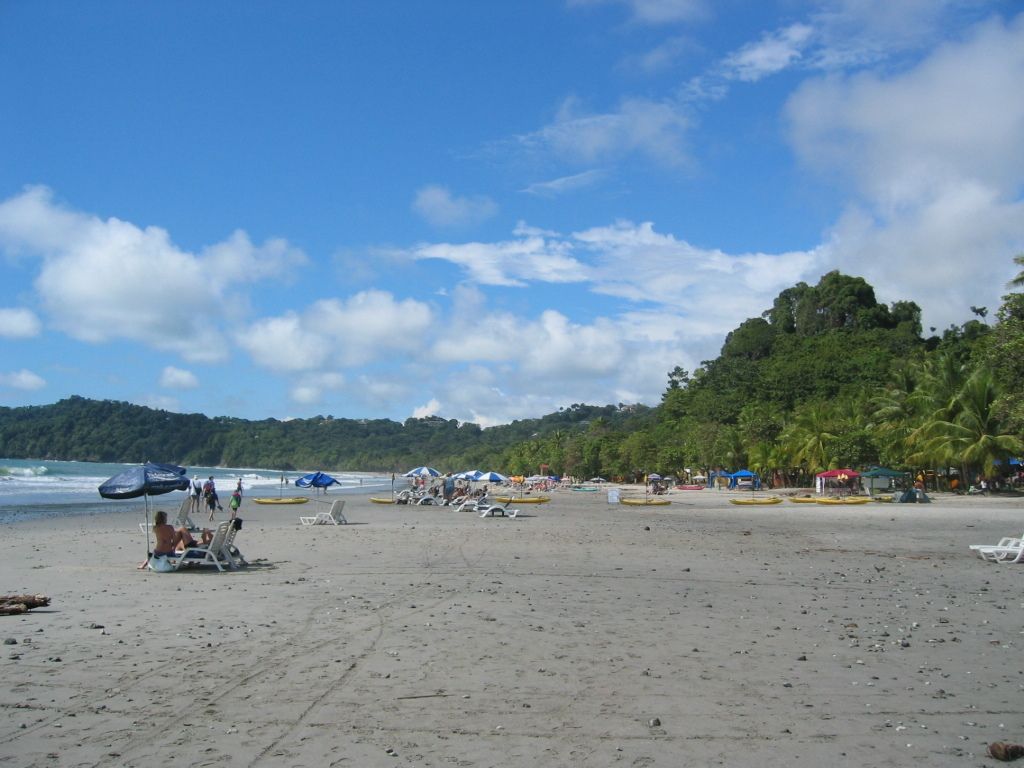Running the power grid at maximum capacity during bright holiday periods.
Living on the Edge: Navigating Solar Power's Volatility "Grid operators are playing a never-ending game of whack-a-mole with power fluctuations"
Riding the solar power wave has its perks — wash your clothes, charge your EV, and sip your coffee, all for free on sunny days. But when the sun's shining bright and the demand for power is low, grid operators are stuck in the hot seat, juggling an overflow of energy to keep the lights on.
Werner Götz, CEO of TransnetBW, the transmission grid operator for Baden-Württemberg, is all too familiar with this rollercoaster ride. In May, electricity prices at the power exchange plunged below zero for over 120 hours, a record year-to-date.
People with smart meters and flexible tariffs are increasingly enjoying these energy windfalls. A win for consumers? Perhaps, but the grid operators sweat it out.
"It's good for consumers and probably good for Germany, as it shows that we're making progress in renewable energy. But these systems need to be adapted to the new generation and consumption conditions," warns Götz.
The Dance of Electricity Prices: From Exorbitant to Negative
Energy market experts argue that renewable energy is responsible for the extreme price swings. During periods of overproduction, electricity prices at the exchange can drop to as low as -250 euros per megawatt-hour, a stark contrast to the highs of 800 euros during a dark doldrum.
For solar and wind farm owners, the fluctuating prices pose a conundrum: Is investing in renewables still worth it, or should they opt for battery storage systems instead?
Profiting from the price disparities, battery storage systems can repay their initial hefty investment in just a few years.
Steering the Ship: Grid Expansion and Synchronization
With Germany aiming to hit climate-neutrality by 2045, grid expansion and synchronization of renewable energy sources become crucial. In the past, this coordination was lacking, leading to border operation.
Götz championed better synchronization between renewable expansion and grid expansion: "We must change the rules."
This involves addressing regional imbalances, such as Germany's north supplying excess renewable energy to the south. With the existing grid infrastructure built in the '60s and '70s, grid expansion is inevitable to handle the growing energy demands and improve grid stability.
Beyond Borders: Europe's Interconnected Grid
Grid expansion doesn't stop at the German borders. As part of Europe's vast interconnected grid, the continent's grid operators need to work together to manage the influx of renewable energy and maintain grid stability.
Grid operators anticipate the future power needs, trading electricity on a daily basis. With the help of weather forecasts, energy reserves, and flexible partners, the risk of a power outage remains minimal.
But what happens when Mother Nature throws a curveball, and weather conditions deviate drastically from predictions?
According to Götz, "Generators, traders, and we work with weather forecasts. Sometimes there are deviations. For this case, we have reserves in place."
As the energy transition continues, grid operators like Götz will be at the forefront of finding innovative solutions that can keep the lights on, making the most of solar power's potential while ensuring grid stability.
- Grid operators face a challenge in managing the excess solar power generated during sunny and low-demand periods, a problem aggravated by the extreme price swings in the energy market caused by renewable energy sources.
- In the context of climate-change, environmental-science, industry, and politics, Germany aims to achieve climate-neutrality by 2045, necessitating grid expansion and the synchronization of renewable energy sources to maintain grid stability.
- The volatile nature of solar power prices can be a dilemma for solar and wind farm owners, as they weigh the potential benefits of investment in renewables versus battery storage systems to mitigate these fluctuations.
- The interconnected grid in Europe involves coordination between grid operators to effectively manage the influx of renewable energy and maintain grid stability, especially in light of the predicted power needs, weather forecasts, and energy reserves.
- In the event of deviations in weather conditions from predictions, grid operators have reserves in place to ensure minimal risk of power outages, emphasizing the importance of adaptation and innovation in managing the complexities of solar power integration into the grid system.








